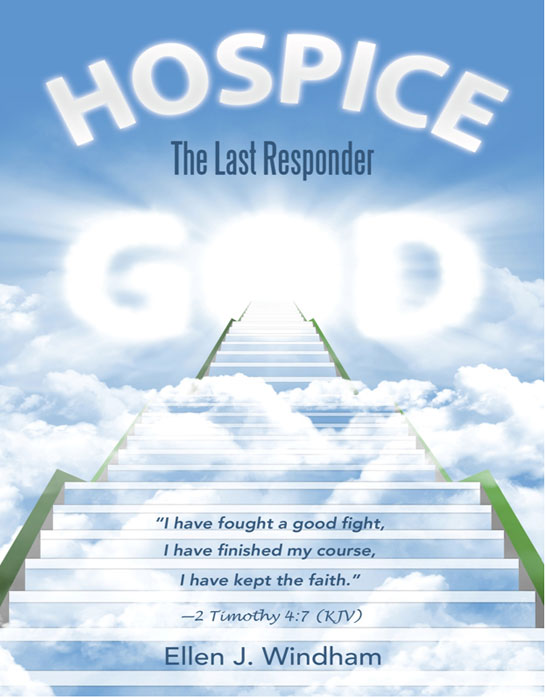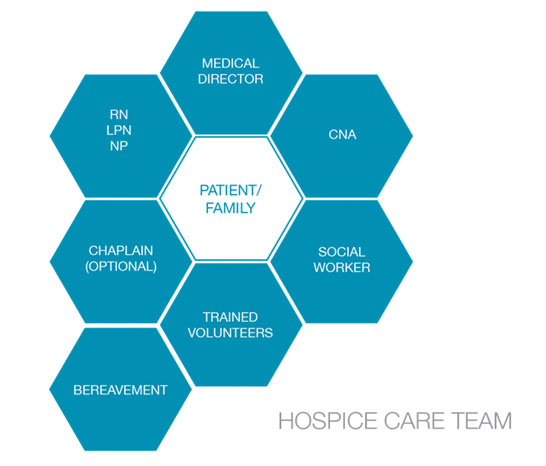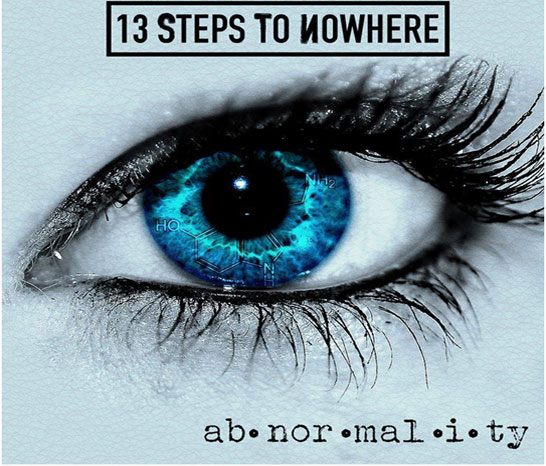Sober Living
Health-care costs

As a volunteer-supported program, AA is free of charge. This contrasts with treatments for alcoholism such as inpatient treatment, drug therapy, psychotherapy, and cognitive-based therapy. One study found that the institutional use of twelve-step-facilitation therapy to encourage participation in AA reduced healthcare expenditures by 45% when compared to another group that was not encouraged to participate in AA.
Relationship with institutions
Hospice
Many AA meetings take place in treatment facilities. Carrying the message of AA into hospitals was how the co-founders of AA first remained sober. They discovered great value of working with alcoholics who are still suffering, and that even if the alcoholic they were working with did not stay sober, they did. Bill Wilson wrote, "Practical experience shows that nothing will so much insure immunity from drinking as intensive work with other alcoholics".
Bill Wilson visited Towns Hospital in New York City in an attempt to help the alcoholics who were patients there in 1934. At St. Thomas Hospital in Akron, Ohio, Smith worked with still more alcoholics. In 1939, a New York mental institution, Rockland State Hospital, was one of the first institutions to allow AA hospital groups. Service to corrections and treatment facilities used to be combined until the General Service Conference, in 1977, voted to dissolve its Institutions Committee and form two separate committees, one for treatment facilities, and one for correctional facilities.


Prisons
AA meetings are held in hundreds of correctional facilities. The AA General Service Office has published a workbook with detailed recommendations for methods of approaching correctional-facility officials with the intent of developing an in-prison AA program. In addition, AA publishes a variety of pamphlets specifically for the incarcerated alcoholic. Additionally, the AA General Service Office provides a pamphlet with guidelines for members working with incarcerated alcoholics.
Thirteenth Stepping
"Thirteenth-stepping" is a pejorative term for AA members approaching new members for dates or sex. The Journal of Addiction Nursing reported that 50% of the women that participated in a survey (55 in all) experienced 13-stepping behavior from others. AA's pamphlet on sponsorship suggests that men be sponsored by men and women be sponsored by women.


Moderation or abstinence
Stanton Peele argued that some AA groups apply the disease model to all problem drinkers, whether or not they are "full-blown" alcoholics. Along with Nancy Shute, Peele has advocated that besides AA, other options should be readily available to those problem drinkers who are able to manage their drinking with the right treatment. The Big Book says "moderate drinkers" and "a certain type of hard drinker" are able to stop or moderate their drinking. The Big Book suggests no program for these drinkers, but instead seeks to help drinkers without "power of choice in drink."
Cultural identity
One review of AA warned of detrimental iatrogenic effects of twelve-step philosophy and concluded that AA uses many methods that are also used by cults. A subsequent study concluded, however, that AA's program bore little resemblance to religious cults because the techniques used appeared beneficial.[98] Another study found that the AA program's focus on admission of having a problem increases deviant stigma and strips members of their previous cultural identity, replacing it with the deviant identity. A survey of group members, however, found they had a bicultural identity and saw AA's program as a complement to their other national, ethnic, and religious cultures.
Narcotics Anonymous (NA) describes itself as a "nonprofit fellowship or society of men and women for whom drugs had become a major problem". Narcotics Anonymous uses a traditional 12-step model that has been expanded and developed for people with varied substance abuse issues and is the second-largest 12-step organization.
As of May 2016 there were more than 67,000 NA meetings in 139 countries.
The third tradition of NA states that the only requirement for membership is "a desire to stop using." NA says its meetings are where members can "meet regularly to help each other stay clean". All facts and quotes presented in "The Narcotics Anonymous program" section, unless otherwise sourced, come from the Narcotics Anonymous (Basic Text) Membership in NA is free, and there are no dues or fees.
The foundation of the Narcotics Anonymous program is the Twelve Steps and Twelve Traditions. Narcotics Anonymous uses a slight variation of wording in both the Twelve Steps and Twelve Traditions, when compared to other Twelve Step groups.
According to the Basic Text, Narcotics Anonymous "has no opinion on outside issues", including those of politics, science or medicine, and does not endorse any outside organization or institution. The fellowship does not promote itself, but rather attracts new members through public information and outreach. Individuals can also be compelled to attend by courts or rehab programs. NA groups and areas supply outside organizations with factual information regarding the NA program, and individual members may carry the NA message to hospitals and institutions, such as treatment centers and jails.
According to the philosophy of the NA program, most addicts did not realize they had a problem with drugs until they had none left. Even if other people pointed out they may have a drug problem they were convinced otherwise. But once an addict on his or her own tries to stop and realizes they cannot, they finally see that drugs have been controlling them. Addicts lived to use and used to live. NA helps show them a different way of life and helps them fight their disease. NA describes addiction as a progressive disease with no known cure, which affects every area of an addict's life: physical, mental, emotional, and spiritual. NA suggests that the disease of addiction can be arrested, and recovery is possible through the NA twelve-step program. The steps never mention drugs or drug use, rather they refer only to addiction, to indicate that addicts have a disease of which drug use is one symptom. Other symptoms include obsession, compulsion, denial, and self-centeredness.